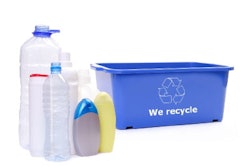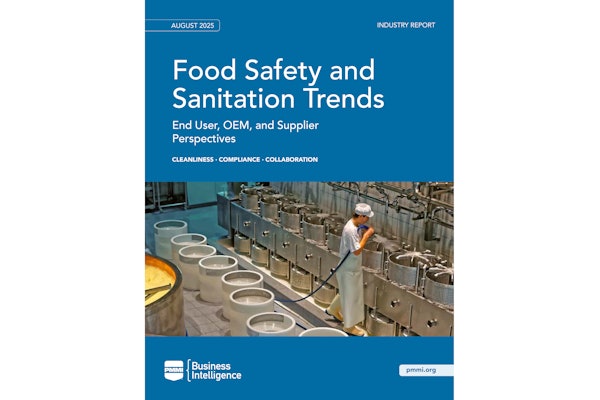First, buy smarter, not cheaper. How many times have you seen this scenario: A company decides to change from packaging material X to packaging material Y in order to reduce the packaging cost of a given product line by 30%. Under considerable time constraints, the company decides to bypass critical package testing needed to determine sufficient protection for the product, storage and warehouse impact, marketing appeal to the consumer, etc. Fast-forward six months post-launch: Product is experiencing damage during storage and shipping, sales have dropped by 30%, and consumer complaints are rising.
Sound familiar? One of the most critical mistakes that companies make when it comes to packaging materials is that they only look at the up-front cost savings, rather than the total cost advantage. While it is not advisable to always take the “if it isn’t broken, don’t fix it” attitude, perhaps it would be wise to exert a little more thought and planning prior to taking a critical action, like making a significant material change on a package.
Oftentimes, simple package testing can actually support the elimination and/or change of a material—or justify why you are using the current material. With empirical data to support your decision, conduct a small benchmark analysis of vendors who provide the material. Find the right vendor, negotiate the right deal, and since you already know the right material, you have a formula for successfully increasing profit and lowering overall packaging material cost in a smart way.
The next key idea to adhere to is to think global. Despite the fact that many of us work for global companies, for the most part, we live inside our own little box. That is to say, we usually rely on those within the closest geographic proximity to ourselves.
So when does it make sense to think “outside the box”? Here’s a great real-world example: The packaging division located in India for a very large oil company came up with a novel concept for using a flexible pouch to package motor oil. The reason for the change from the standard bottle was simple: It was an anti-counterfeiting measure. As it turns out, the pouch had other distinct advantages, like reducing carbon footprint, reduction of material/handling costs, redefining brand recognition, improving ease of use (pouring), and of course, it certainly reduced counterfeiting.
So why don’t we see oil in a pouch in our local auto-parts store in the USA? I’m sure that someone in the company in India could send an e-mail to someone in the same company in the USA and make a business case that could change the landscape of how motor oil is sold in the USA—and could reduce packaging cost while maintaining and/or growing sales. Something to think about?
And finally, key idea number three: Staff your department properly. A packaging department should be responsible for four major initiatives: innovation, renovation, cost savings, and business maintenance.
Innovation and renovation involve development of new packaging concepts and redeveloping existing concepts. These two initiatives typically make up about 50% of a packaging department’s work. They’re also key to selling product and keeping ahead of competition.
Business maintenance is simply the price of keeping up with the market; research must be done, new purchases must be made, mistakes must be paid for. A good packaging department devotes no more than 10% to 15% of its time to business maintenance.
That leaves 35% to 40% of a department’s time to devote to cost savings, which involves looking at everything a company does in packaging and asking, “Can we do this smarter, better, and more cost effectively?”
While most companies plan resources carefully for innovation and cost savings, since these functions directly impact marketing and sales, very few companies understand that specific planning and resources must be identified and made available for the other initiatives.
Even if a company recognizes the need to properly plan out and assign resources to all four initiatives, most companies don’t have the headcount available to appropriately staff those initiatives. This can become a frustrating situation, especially when just a few cost-savings projects could pay for an entire department’s annual packaging material and labor cost consumption.
Staffing your department properly breaks down into three elements: finding resources, assigning specific resources to specific tasks, and making cost savings part of everyone’s job. Resources can be direct-hire, contractors and consultants, or managed packaging service providers. There are obviously costs associated with each option, and one needs to take into account current staffing needs, constraints, various solutions vs. one solution, variable cost vs. fixed cost, etc. For temporary staffing needs, remember, think smart, not cheap.
Packaging does much more than protect a product; it is a brand’s image on-shelf. If you want your brand to live up to the image that will lead to growth in sales and profits, then you need to make packaging a top priority. Just consider all the factors: being smart, harnessing knowledge, and staffing appropriately, and put it all together!
























